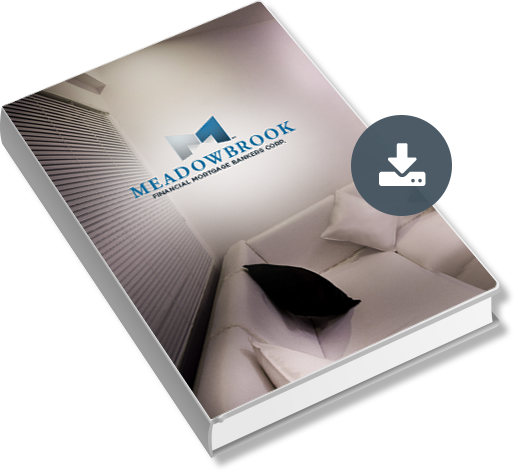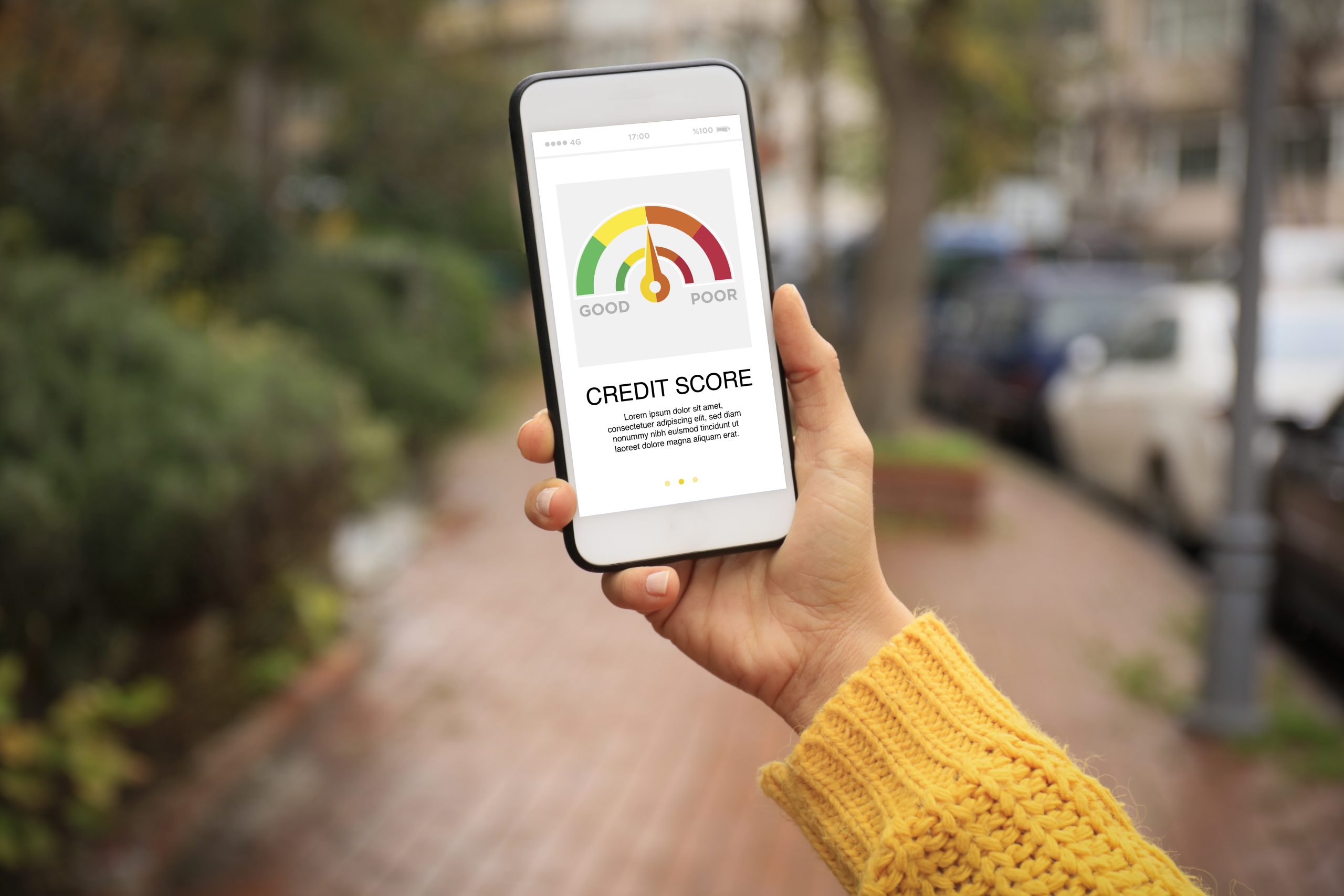Search Blog Posts by Blog Topic
14 Mortgage Mistakes to Avoid When Buying a Home
December 12, 2021
The process of buying a home can be daunting for many people given the different aspects that require a homebuyer’s attention. Getting a mortgage remains among the most crucial factors in determining what property a buyer ultimately settles on. It determines how much you may qualify to borrow as well as how much the home will end up costing in the long run. As long as you steer clear of making common mortgage mistakes, you should expect to get a good deal through your mortgage provider.
Looking to Purchase a Home on Long IslandContact Us
1. Ignoring Your Credit History

Not paying attention to creditworthiness before applying for a mortgage tops the list of home loan mistakes because this aspect is relatively easy to address. Bear in mind that your credit score plays a vital role in your ability to qualify for a mortgage as well as the interest rate you get. For instance, people with excellent credit typically receive lower interest rates than people with average credit.
Once you apply for a mortgage, you can expect the lender to pull up a tri-merge credit report that combines your credit information from the country’s top three credit bureaus – TransUnion, Experian, and Equifax. Ideally, you should know what your credit reports hold before your lender does. This is because there might be errors or inconsistencies in your credit reports that can get your credit score to drop.
Once you spot any such problems in your credit reports, you have the ability to get them rectified by contacting the credit bureaus in question. After they are fixed, you can often expect an improvement in your credit score. This will then hold you in better stead when applying for a mortgage.
2. A High Credit Utilization Ratio
Having a high credit utilization ratio is another common mistake you need to avoid when applying for credit. This ratio refers to the amount of credit you’ve used from your total available revolving credit. For example, if your total available credit limit from all revolving forms of credit is $50,000, of which you’ve used $35,000, your credit utilization ratio stands at 70%.
Lenders view high credit utilization ratios with caution because they feel such borrowers have trouble managing their finances. Ideally, your credit utilization ratio to qualify for the best mortgage and rates should be below 30%.
3. A High Debt-to-Income Ratio
This refers to the link between your income and your debt payments. Calculating your debt-to-income ratio requires adding all your monthly debt payments and dividing the total by your gross monthly income. For example, if the total of your monthly debt repayments is $1,500, and your monthly income is $6,000, your debt-to-income ratio is 25%.
Data from previous mortgage-related studies suggests that people who have high debt-to-income ratios face an increased possibility of having trouble keeping up with their monthly payments. Your debt-to-income ratio should ideally be below 43% because this is typically the highest you can go if you hope to get a qualified mortgage.
4. Unpredictable Bonuses or Overtime
It’s common to find applicants who wish to include their bonuses or income from overtime on their mortgage applications. However, not many borrowers know that lenders look at a two-year history when it comes to income from such sources. If your overtime income or bonuses fluctuate significantly from one year to the next, there is little chance that a lender will accept it as part of your qualifying salary. To avoid making this mistake on a mortgage application, make sure you account for the two-year factor.
5. Looking at Homes Before Looking for a Mortgage Provider
One of the biggest mistakes when buying a home surrounds looking at possible properties you’d like to buy before narrowing down on a suitable mortgage provider. If you’re looking to buy a home in a competitive market, getting mortgage pre-approval or having adequate cash in hand is important if you hope for a seller to take your offer seriously. This is because sellers might not want to take risks with buyers who might or might not get qualified for a mortgage, all the more so when they have other offers from which to choose.
Before you start looking for a home, you should ideally have a pre-approval letter in hand. In addition to giving you an edge over other probable buyers, it also gives you a clear picture of how much your mortgage provider is willing to lend.
Looking to Purchase a Home on Long IslandContact Us
6. Not Following the Right Path to Savings
You need to start saving for the down payment of your home as soon as you decide you wish to become a homeowner. Besides, when you move your money into a savings account, you stand to earn interest. Think about creating a separate savings account entirely for this purpose and consider feeding it through fixed regular deposits.
It’s also important that you account for closing costs that extend beyond the down payment. These may come in the form of loan origination fees, homeowner’s insurance, private mortgage insurance (PMI), title insurance, property tax, and escrow fees.
While saving as much as you can to put toward the down payment is important, spending much or all of your savings during this stage is a crucial mortgage mistake to avoid. Some homebuyers go that extra mile to get to the 20% down payment mark so they may avoid paying extra for PMI, but this leaves them with little to no savings to turn to should they need to deal with unexpected expenses. Ideally, you should have enough money to cover for six to 12 months of living expenses after meeting all closing costs.
7. Thinking You Need at Least a 20% Down Payment
Assuming that you need to pay at least 20% of a home’s selling price as down payment is another common mortgage mistake. Depending on whether you meet some specific eligibility criteria, you may even find mortgages that require no down payment at all.
While a large down payment leads to lower interest payments through the course of a loan for anyone who can afford making one, getting a mortgage by making a smaller down payment remains a possibility. However, making a small down payment will require that you pay extra for PMI and your monthly repayment amount will remain on the higher side.
The median down payment in the U.S. stood at 20% in 1989 and at 12% in 2019. It dropped to a low of 8% during 2009 and 2010.
8. Overlooking First-Time Home Buyer Assistance
First-time homebuyer assistance programs and grants may help bring down the cost of homeownership, provided you qualify. These come in the form of FHA loans for first-time homebuyers, homeownership vouchers, programs for service members and veterans, programs for rural residents, as well as various state- and local-run programs.
9. Ignoring USDA and VA Loans
If you, as a first-time homebuyer, have less-than-perfect creditworthiness and have not been able to save much for your down payment, you may benefit by checking if you qualify for a U.S Department of Agriculture (USDA) loan or a U.S. Department of Veterans Affairs (VA) loan. USDA loans are made available for eligible rural homebuyers, homebuyers in suburban areas of large cities, and residents of towns whose populations are below the 25,000 mark. You may qualify for a VA loan if you’re a military veteran, if you’re still in service, if you’re a surviving spouse, or if you’re a reservist. Both types of loans come with no down payment requirement.
10. Selecting the First Lender That Comes Your Way

If you’re wondering what not to do during the mortgage process, one such thing is getting a mortgage through the first lender you come by. If you don’t compare your options well, you might lose out on the ability to save a tidy sum of money over the long term. Most experts suggest that you should compare at least three lenders before selecting one that works well for you.
Try and get quotes around the same time, because interest rates are subject to change often. Take a close look at all associated fees. Pay attention to the customer service you stand to receive because there’s a good chance you’ll be dealing with the same lender for years to come.
A few good questions to ask the lenders that you narrow down on include:
- What types of mortgages do they offer?
- What annual percentage rates (APRs) apply to each type of mortgage?
- What are all the associated fees you might need to pay?
- What credit score do you need to qualify for the different types of mortgages on offer?
11. Application Errors and/or Incomplete Documents
Even a single mistake on a mortgage application can result in it being denied, which is why you need to make sure that your application is free of errors, and that you submit all the required documents in time. Understand that a lender would want to get the complete picture surrounding your finances. You typically need to submit copies of your tax returns from two preceding years, recent pay stubs, as well as W-2s.
An inconsistency or a mistake in your loan application may result in a lender viewing it with suspicion. Fannie Mae has provided an extensive list of red flags for lenders with the aim of minimizing instances of mortgage fraud. Lenders may view the presence of one or more such red flags in your application as signs of fraud. This may lead to a slowing down of the process or even your application being denied.
12. Getting Pre-Qualified Instead of Pre-Approved
Getting pre-qualified for a mortgage is simply the first step of getting a loan. This depends on the information you provide to a lender and gives you an approximate amount that the lender is willing to provide. However, there is no guaranty that the lender will provide the said amount. It’s only during the pre-approval stage that a lender takes a close look at your existing finances and creditworthiness. It is after this stage that you get conditional commitment in writing for the exact loan amount you qualify to borrow. Sellers and real estate agents view buyers who have pre-approval with favor because they know that such buyers have pretty much taken care of the funding aspect.
13. Making the Interest Rate the Focal Point
There is no dearth of mortgage seekers who pay too much attention to interest rates and look at little else. This includes people hoping to refinance their existing loans. What you need to understand is that a seemingly high interest rate with low fees might result in lower payments when compared to a low interest rate loan with high fees. Besides, waiting for interest rates to lower might result in you losing out on the house of your dreams.
14. Borrowing More Than You Can Afford
If you feel you’ll need to stretch your budget to keep up with payments, you might be headed for risky territory. This is because people in such situations tend to face higher risks of foreclosure. Another drawback is that while you’ll get on the homeownership way, you’ll need to monitor your everyday expenses very closely, and probably have to skimp on a few necessities. Keeping up with high mortgage repayments can also affect how you approach the funding required for your children’s education as well as your own retirement savings.
Looking to Purchase a Home on Long IslandContact Us
Conclusion
Getting approved for the right mortgage requires that you pay close attention to the entire process. If you don’t, you may end up with a higher APR than you might actually qualify for, or worse still, get declined. Some of the top mortgage mistakes to avoid surround ignoring your creditworthiness, not looking at the different types of loans being offered, making errors in your application, and not approaching your down payment strategy in a thoughtful manner.
As long as you play your cards in the right manner and have all your documentation in place, you may expect to get the mortgage that works best for you. Lastly, while steering clear of making common mortgage mistakes is crucial, it’s also important that you know which mortgage companies to avoid.
DISCLAIMER:
30-YEAR FIXED-RATE MORTGAGE: THE PAYMENT ON A $200,000 30-YEAR FIXED-RATE LOAN AT 3.875% AND 80%LOAN-TO-VALUE (LTV) IS $940.14 WITH 0 % POINTS DUE AT CLOSING. THE ANNUAL PERCENTAGE RATE (APR) IS 4.026%. PAYMENT DOES NOT INCLUDE TAXES AND INSURANCE PREMIUMS. THE ACTUAL PAYMENT AMOUNT WILL BE GREATER. SOME STATE AND COUNTY MAXIMUM LOAN AMOUNT RESTRICTIONS MAY APPLY.
Ready To Get Started?
Fill out the form below and a mortgage professional will get back to you shortly.

First Time Homebuyer’s Guide
Considering homeownership but not sure where to begin? The Meadowbrook Financial Mortgage Bankers Corp. guide to home buying will make the process easy all in one packet.
Recent Articles

An In-Depth Condo Buying Guide
2 July, 2025One reason why many first-time homebuyers prefer condos over single-family homes is that they are typically more affordable and give them the means to start…

Should You Buy an Under-Construction, New Build, or…
18 June, 2025The dream of owning a home often comes with having to make an array of decisions, and perhaps none is more crucial than choosing the…

How Do Pets Influence Homebuying?
1 May, 2025Adding a furry friend to your family can bring so much joy to your life. Whether it’s a dog, cat, bunny, or other, they’re sure…


